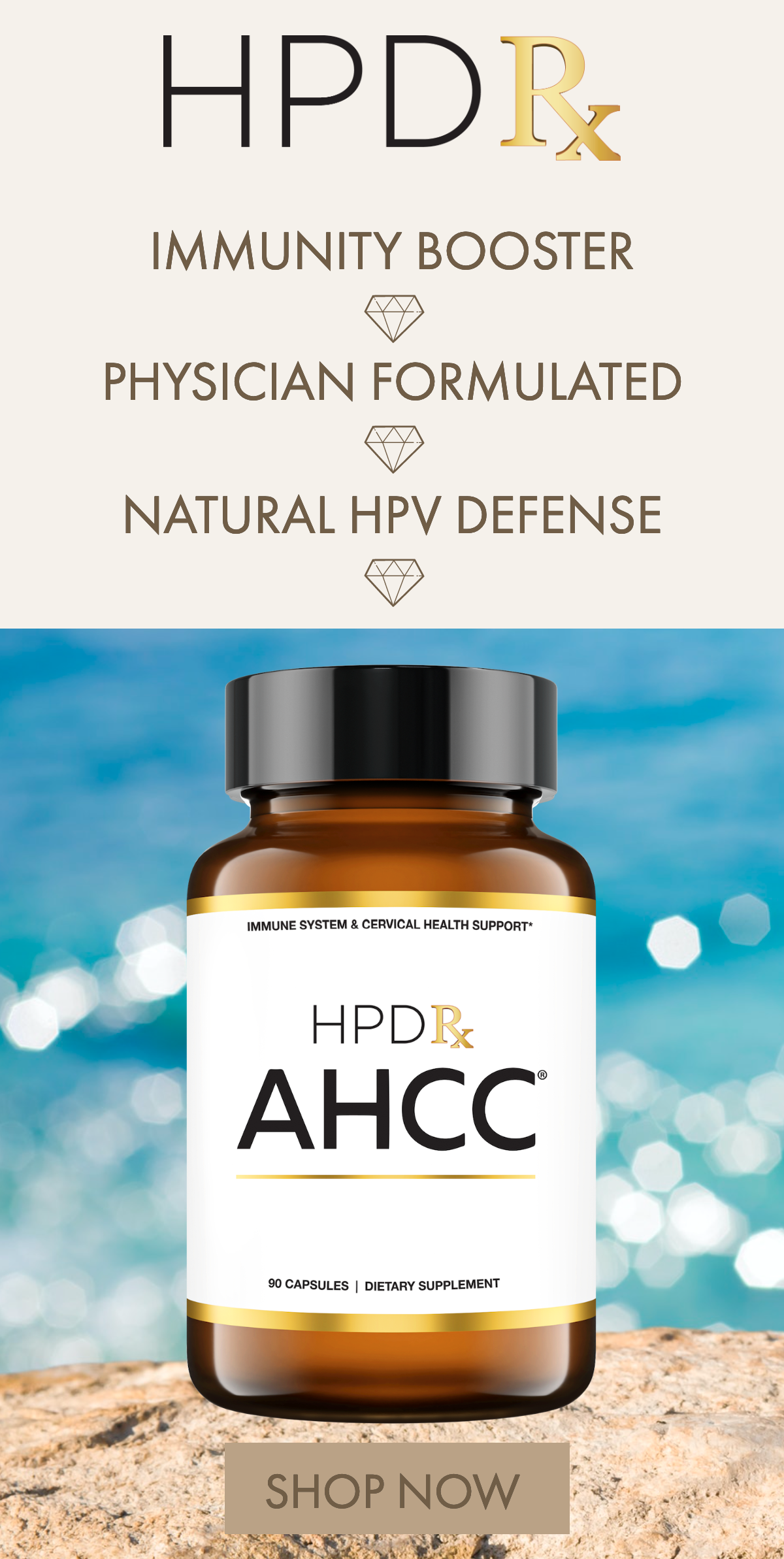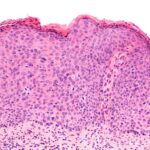
What Is HPV?
Human Papillomavirus (HPV) is the number one sexually transmitted infection (STI) in the United States. Approximately 79 million individuals in the country have been infected with HPV, with a majority being in their late teens and early 20s.
The virus manifests in various forms, including genital warts and cervical cancer (very rare). There are also HPV types responsible for common warts found on other body parts, such as hands or feet.
In this article, we will cover the symptoms, causes, treatment options, and preventive measures of HPV.
HPV Symptoms
A significant number of individuals infected with HPV do not exhibit any symptoms. However, some people develop genital warts:
- Appear as a single bump or a cluster of HPV pimples or bumps
- Vary in size from small to large, be raised or flat, or have a cauliflower-like appearance
- Have a pink or flesh-colored hue
- Develop around the genital area (e.g., cervix, penis, anus, scrotum)
HPV Causes
HPV is a virus transmitted through vaginal, anal, or oral sex with an infected person. The transmission can occur even if the infected individual does not display any symptoms.
The symptoms of HPV and cancers resulting from HPV can develop years after sexual contact with an infected person, making it challenging to pinpoint the initial infection.
HPV Diagnosis
The presence of genital warts indicates an HPV infection, but not the cancer-causing type. Women get screened for cervical cancer during each Pap test (sometimes referred to as a “Pap smear”).
Currently, there are no tests available for detecting genital HPV infection in men or HPV infection in the mouth or throat.
HPV Treatment
There is no specific treatment for HPV itself; however, in some instances, the virus may resolve on its own.
Treatments for HPV-related complications include:
- Prescription medication for genital warts
- Treatment for precancerous lesions in the cervix
- Early diagnosis and treatment of other HPV-related cancers
HPV Complications
Potential complications of HPV include cancers of the:
- Cervix
- Vulva
- Vagina
- Penis
- Anus
- Throat, including the base of the tongue and tonsils (oropharyngeal cancer)
HPV Prevention
It is possible to reduce the risk of contracting HPV by taking the following measures:
- Get the HPV vaccine, which can protect against cancers and other diseases caused by HPV. The vaccine is most effective when administered before HPV infection, making it ideal for young people. The CDC recommends HPV vaccination for individuals aged 11 or 12 years (or as early as 9 years) and for everyone through age 26 if not vaccinated previously.
- Use latex condoms if you are sexually active. While latex condoms do not offer complete protection against HPV (since the virus can live on skin areas not covered by a condom), they can still lower the risk of contracting HPV.
- Undergo routine cervical cancer screening for women between the ages of 21 and 65.
- Engage in a long-term, mutually monogamous relationship.
- Take AHCC which is clinically proven to support immune health and help fight high risk HPV






